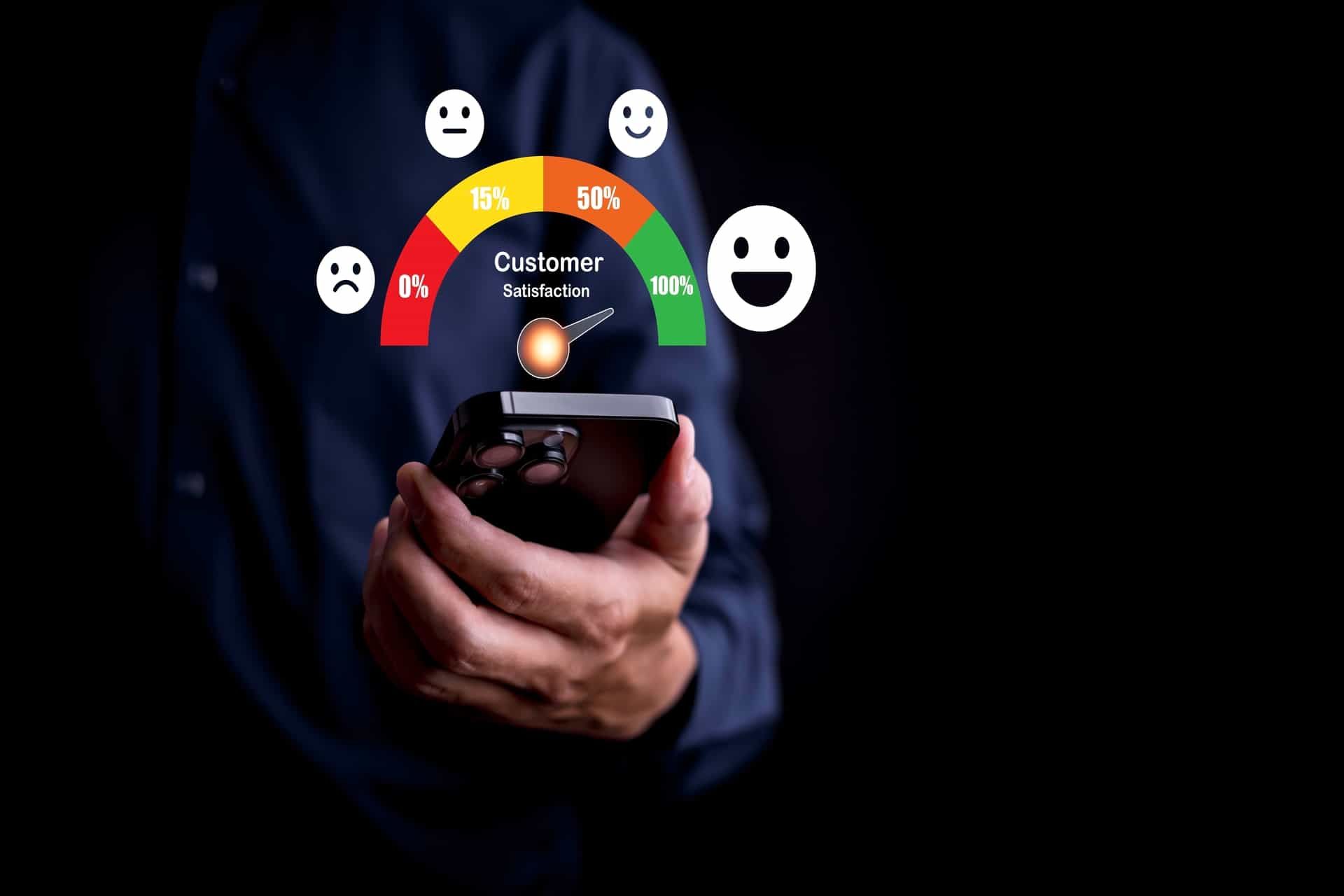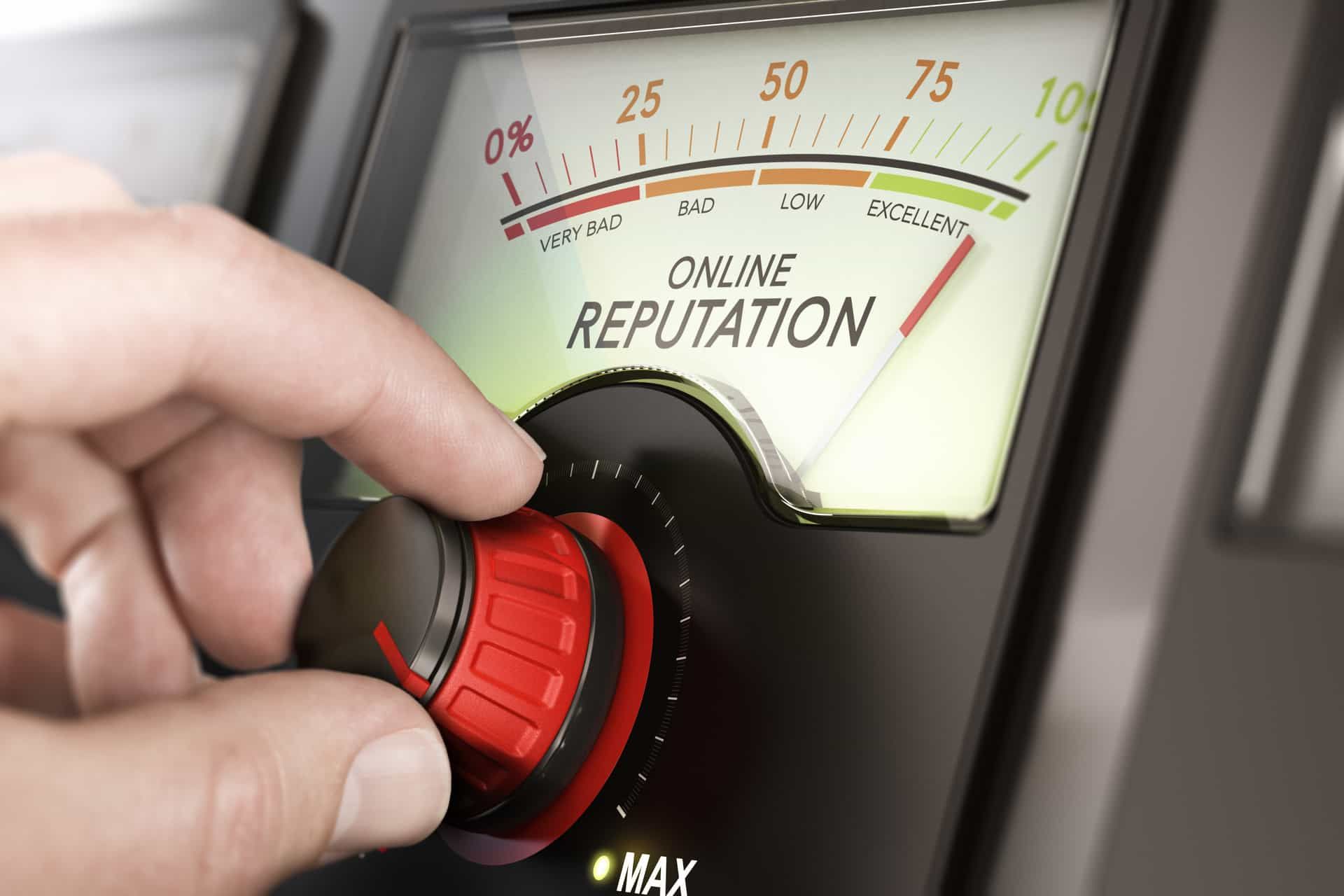Best Time to Post on Instagram in 2025
In 2025, Instagram remains one of the top social media platforms for sharing content, building a brand, and engaging with audiences. With millions of users scrolling daily, understanding the best time to post can make a huge difference in reaching your target audience and maximizing engagement. This guide will explore the best time to post on Instagram in 2025 and how you can tailor your posting strategy for success.
Why Does Timing Matter on Instagram?
Timing plays a crucial role in determining the success of your Instagram posts. When you post at the right time, your audience is more likely to see, like, and comment on your content. Instagram’s algorithm favors posts with higher engagement, meaning that posts with more likes and comments early on are more likely to appear at the top of people’s feeds. In addition to boosting engagement, posting at the right time can also help with
review generation,
encouraging followers to share their feedback, experiences, or testimonials, which can further enhance your visibility and credibility on the platform.
By posting at optimal times, you can increase:
- Engagement: More likes, comments, and shares.
- Reach: A larger audience seeing your post.
- Growth: Attracting new followers who resonate with your content.
How Instagram Usage Patterns Influence Timing?
Instagram activity peaks at certain times of the day and week. These patterns depend on user behavior, which can vary by region, demographic, and lifestyle. Here are a few key insights:
- Workdays: Many users check Instagram during breaks or at the end of the workday.
- Weekends: Activity can spike on weekends, but it often depends on the type of content shared.
- Time Zones: If you have a global audience, it’s important to consider time zones when scheduling posts.
Best Time to Post on Instagram in 2025
Research and data suggest the following times are optimal for posting on Instagram. Keep in mind that these are general recommendations, and your ideal times may vary based on your audience.
- Best Time To Post on Instagram on Monday:
- Best Time: 12 PM to 2 PM
- Why: People are catching up on social media during lunch breaks.
- Best Time To Post on Instagram on Tuesday:
- Best Time: 8 AM to 10 AM
- Why: Morning posts perform well as users scroll during their commute or start their day.
- Best Time To Post on Instagram on Wednesday:
- Best Time: 11 AM to 1 PM
- Why: Midweek is a high-engagement period as users take midday breaks.
- Best Time To Post on Instagram on Thursday:
- Best Time: 6 PM to 8 PM
- Why: Evening posts capture users relaxing after work or school.
- Best Time To Post on Instagram on Friday:
- Best Time: 2 PM to 4 PM
- Why: As the weekend approaches, users are more active online.
- Best Time To Post on Instagram on Saturday:
- Best Time: 9 AM to 11 AM
- Why: Morning activity is high as people enjoy leisure time on weekends.
- Best Time To Post on Instagram on Sunday:
- Best Time: 5 PM to 7 PM
- Why: Evening posts capture users preparing for the week ahead.
Tailoring Posting Times to Your Audience
While general guidelines are helpful, tailoring your posting strategy to your specific audience is key. Here’s how to find the best times for your followers:
- Use Instagram Insights
Instagram’s built-in analytics tool provides data on when your followers are most active. Check this regularly to adjust your posting schedule. - Experiment with Posting Times
Try posting at different times and track the engagement levels. Over time, you’ll identify patterns that work best for your audience. - Consider Audience Demographics
- Age: Younger audiences may be active late at night, while older users might prefer early mornings.
- Location: If your audience is spread across multiple time zones, consider posting at times that overlap for the majority.
- Monitor Competitors
Check when competitors in your niche are posting and how their audience engages. This can provide insights into effective posting times.
Other Factors to Boost Instagram Engagement in 2025
In addition to posting at the right time, consider these strategies to maximize engagement:
- Create High-Quality Content: Compelling visuals and captions encourage users to engage with your posts. Use tools like Canva or Lightroom to enhance your content.
- Leverage Instagram Stories and Reels: Stories and Reels are highly engaging formats that complement your regular posts. Use them to interact with your audience in real time.
- Engage with Your Followers: Respond to comments and direct messages promptly. Engagement encourages loyalty and increases your content’s visibility.
- Utilize Hashtags Strategically: Relevant hashtags increase your post’s discoverability. Research trending hashtags in your niche.
- Stay Consistent: Posting regularly builds trust with your audience and keeps your brand top of mind.
The Role of AI in Finding the Best Time to Post on Instagram
In 2025, artificial intelligence tools have made it easier to optimize Instagram strategies. Tools like ReviewArm can analyze your account data and provide personalized recommendations for the best times to post based on your audience’s behavior. AI can also help with content scheduling and trend analysis, saving you time and improving results. Furthermore, AI tools can assist with
reputation monitoring, helping you track brand mentions, manage feedback, and respond to customer sentiment in real time to maintain a positive online presence
Conclusion: Post Smarter, Not Harder
Understanding the best time to post on Instagram in 2025 can significantly boost your engagement and grow your audience. By analyzing your audience’s habits, experimenting with posting times, and leveraging tools like Instagram Insights and AI, you can create a winning strategy that drives results.
Ready to supercharge your Instagram strategy? Discover more tools and tips at ReviewArm to take your social media game to the next level!
Disclaimer: The information on this website and blog is for general informational purposes only and is not professional advice. We make no guarantees of accuracy or completeness. We disclaim all liability for errors, omissions, or reliance on this content. Always consult a qualified professional for specific guidance.








